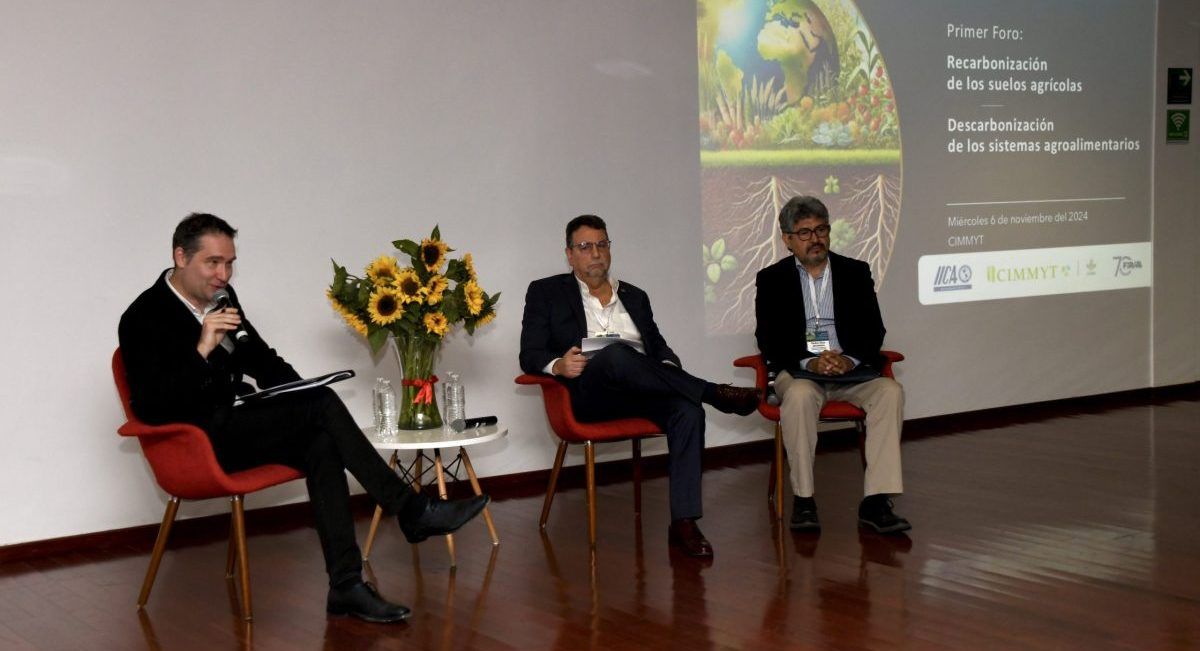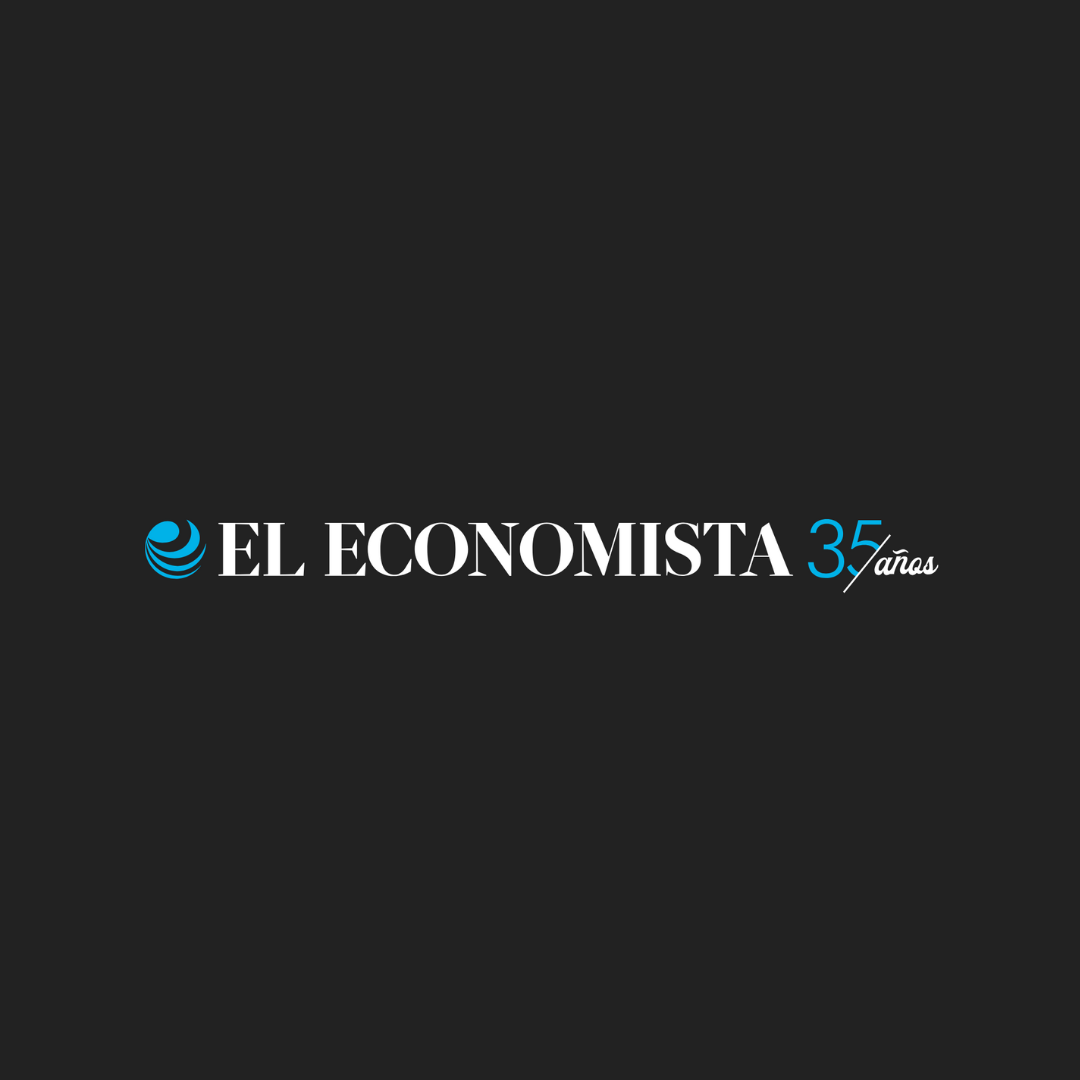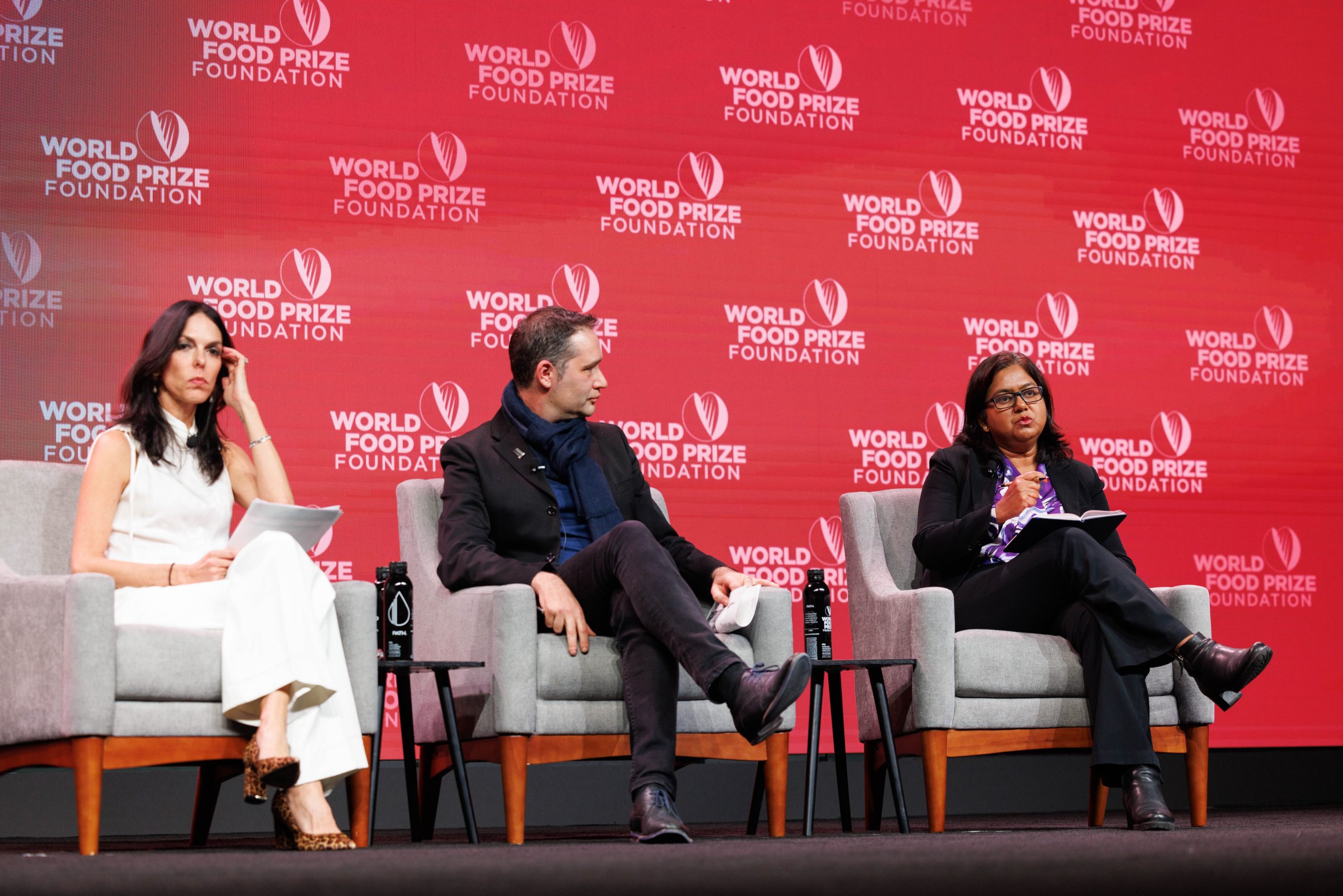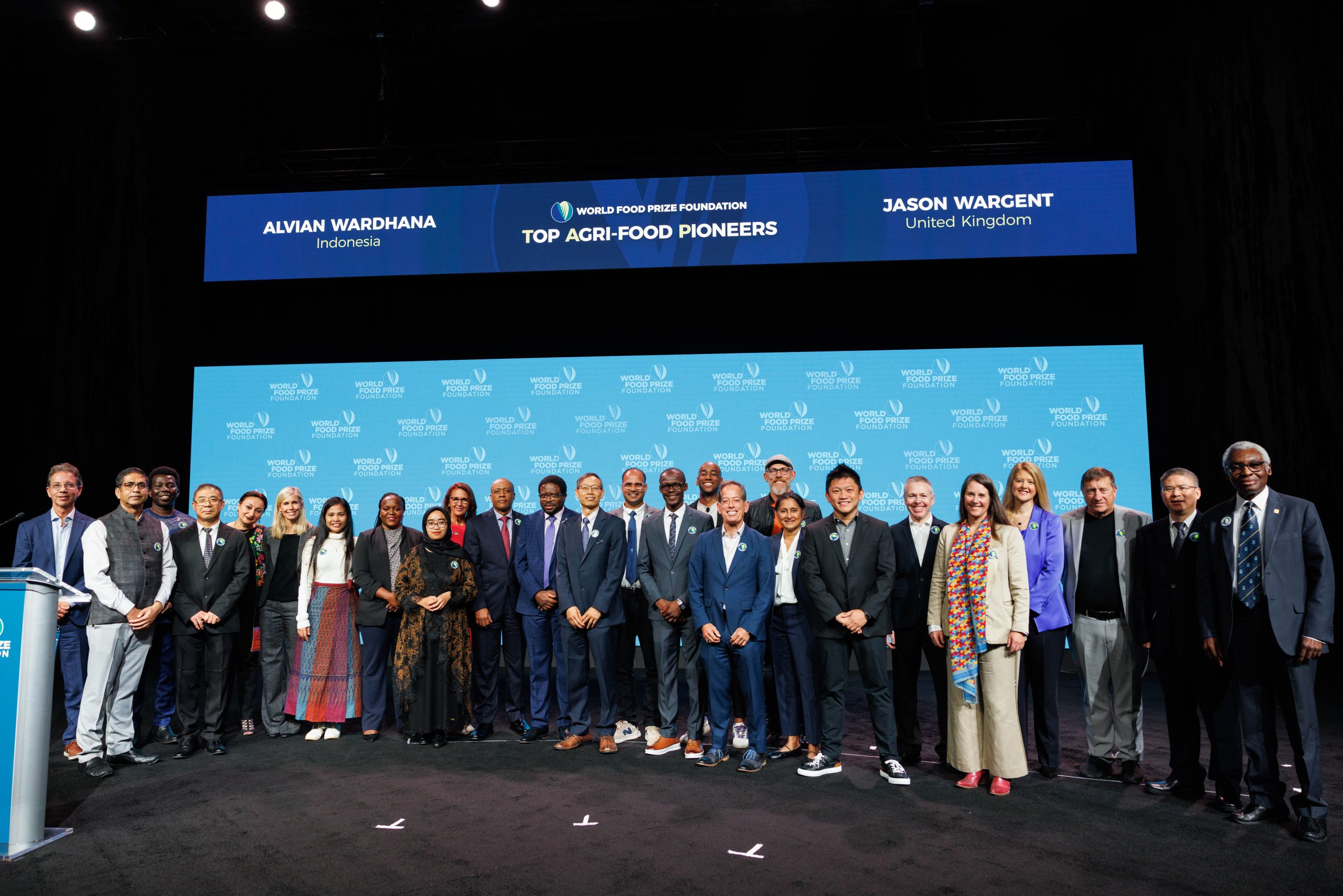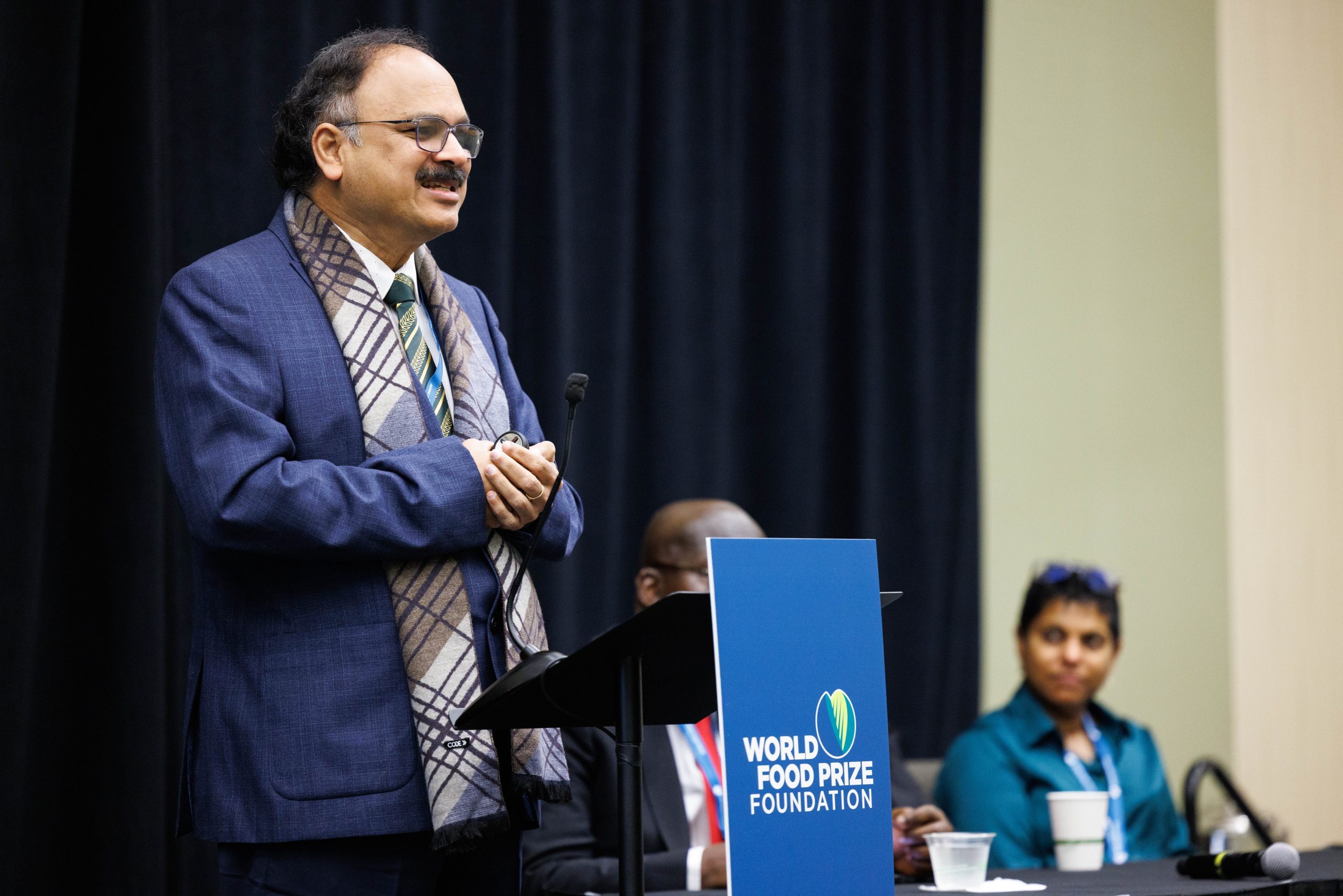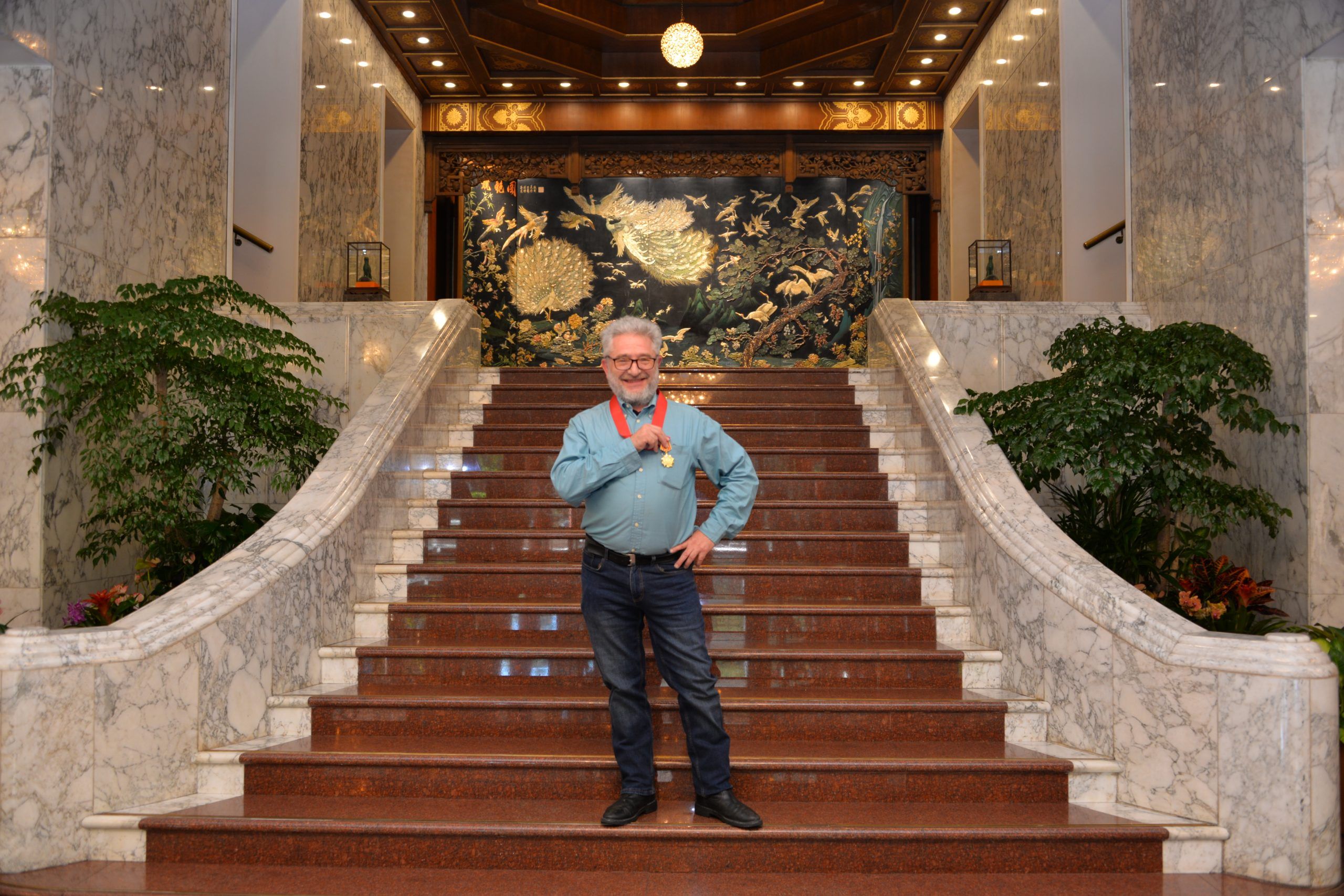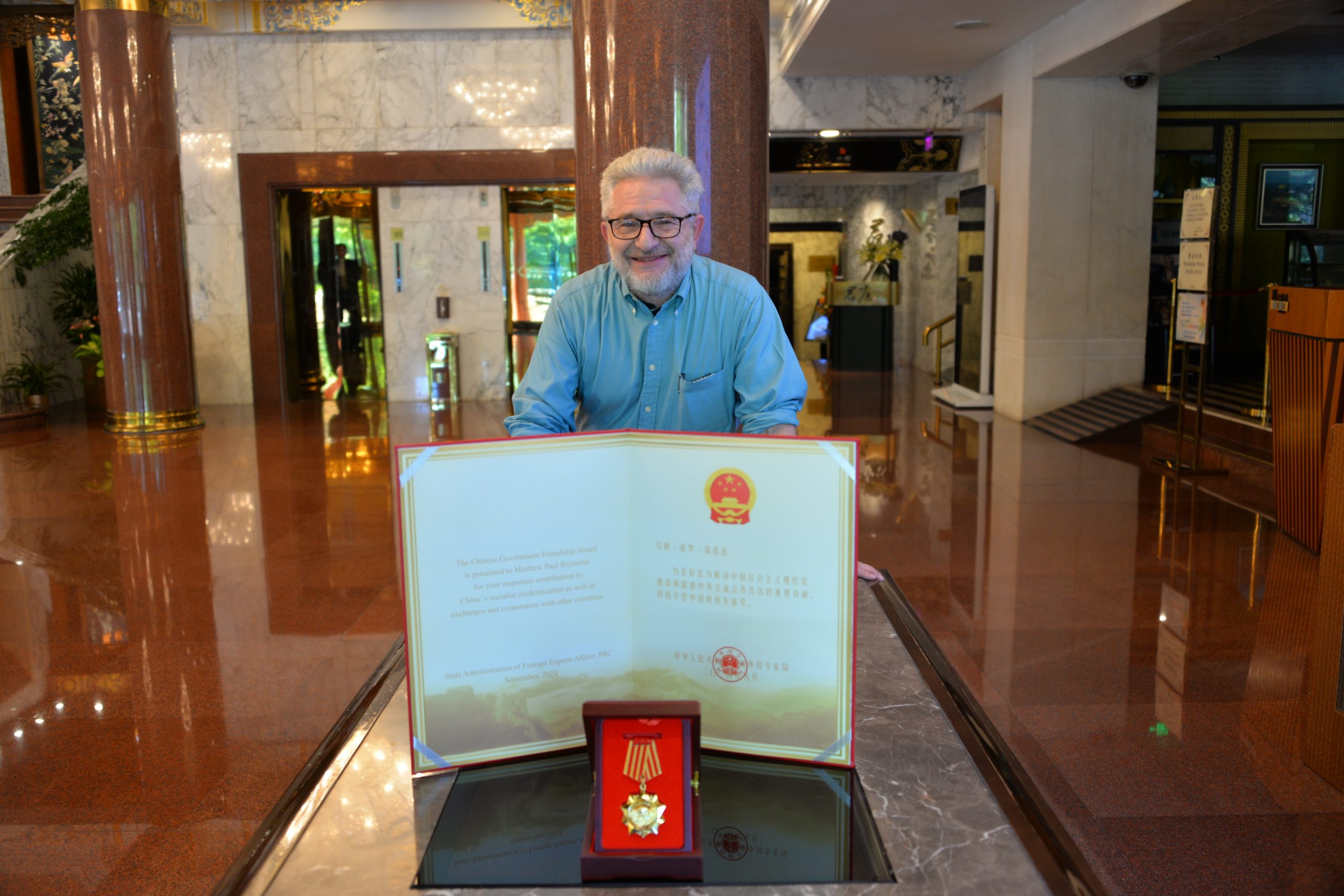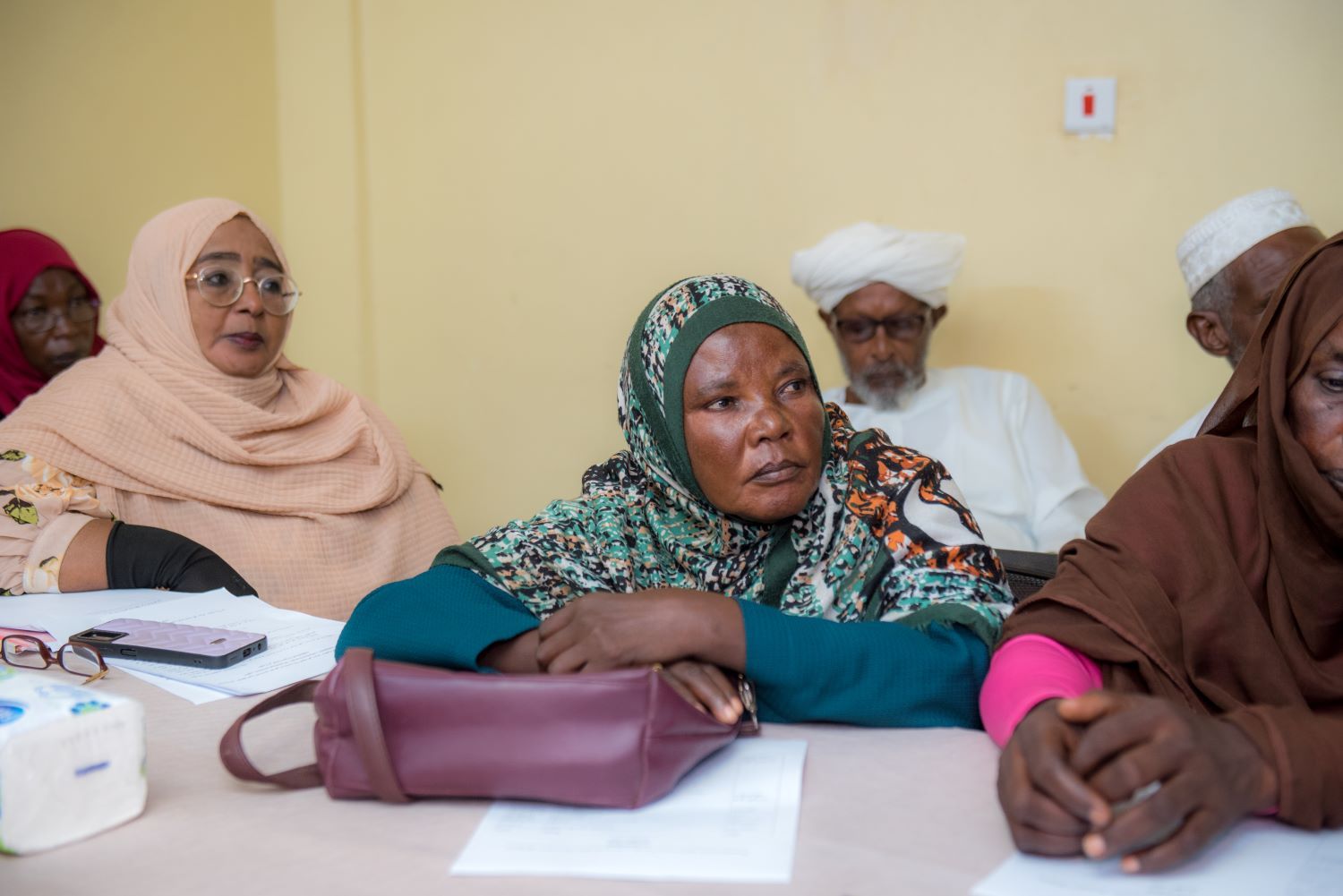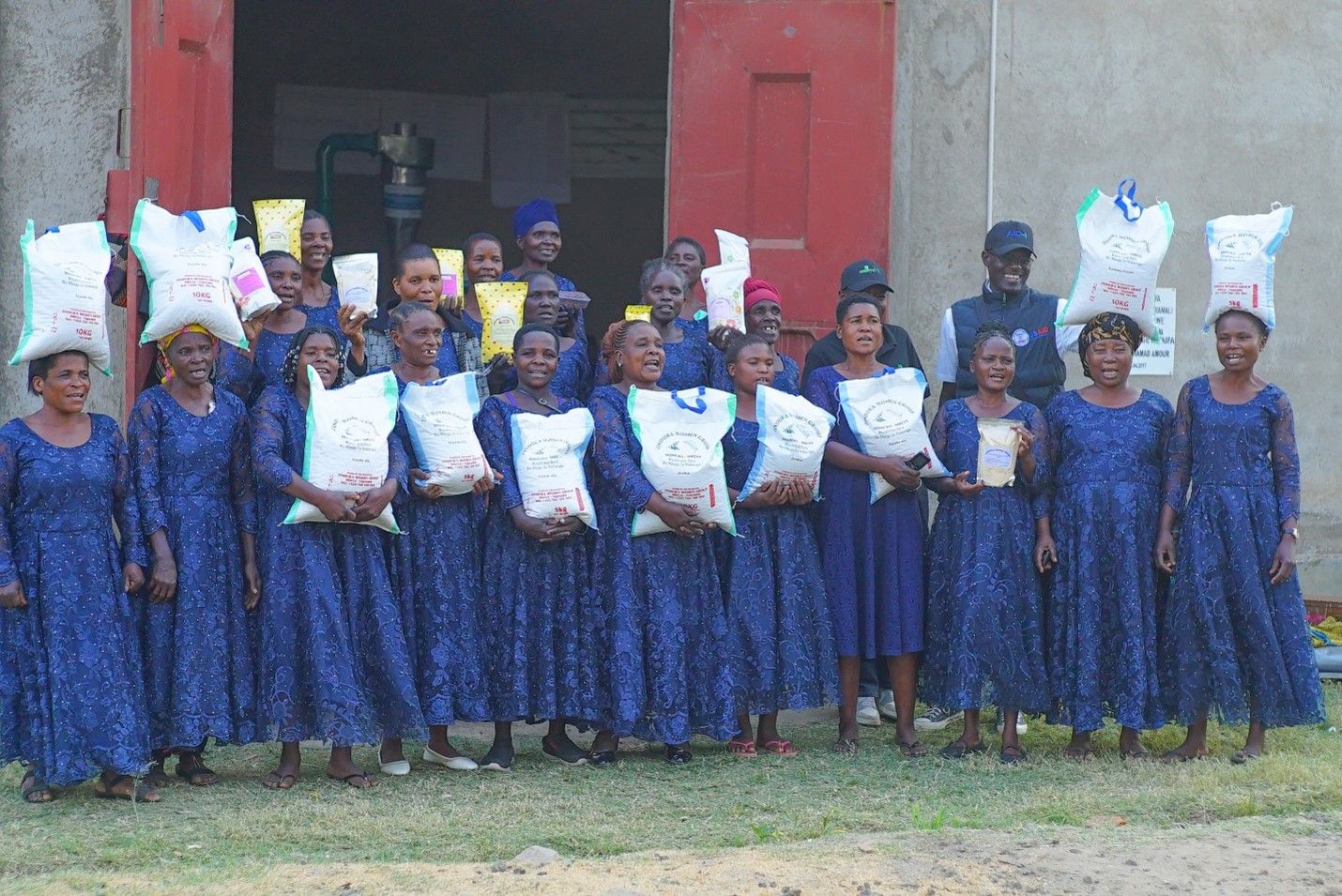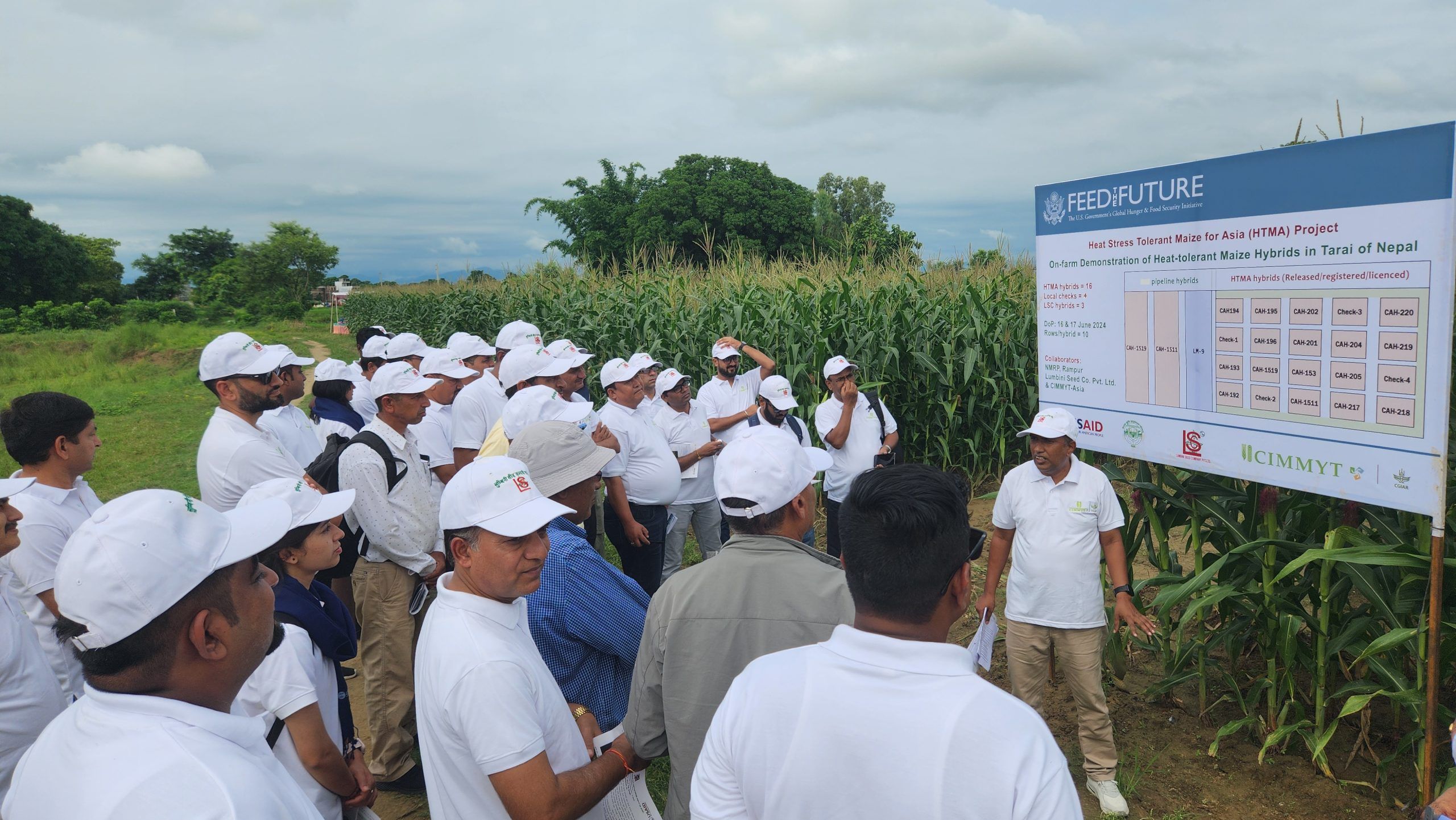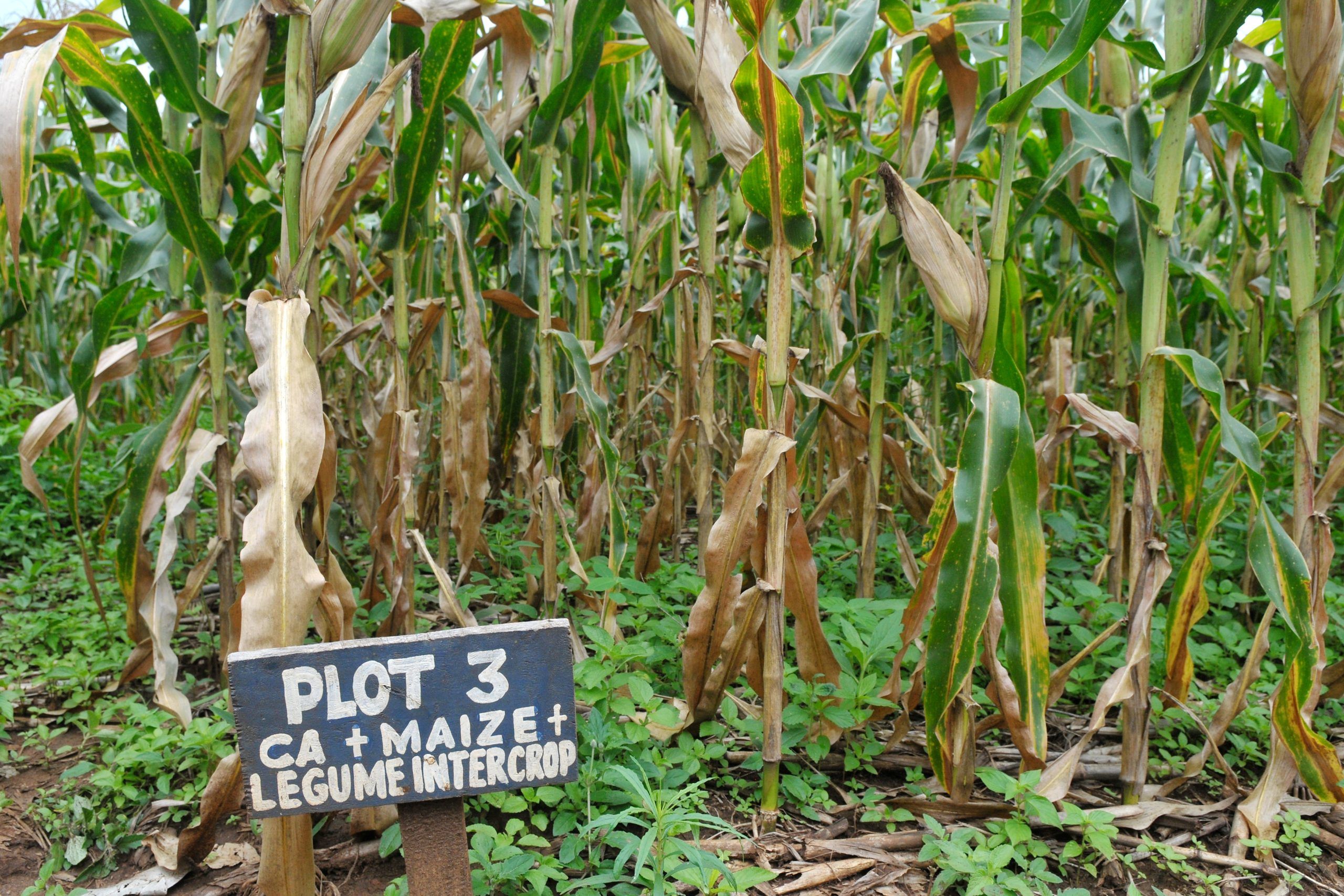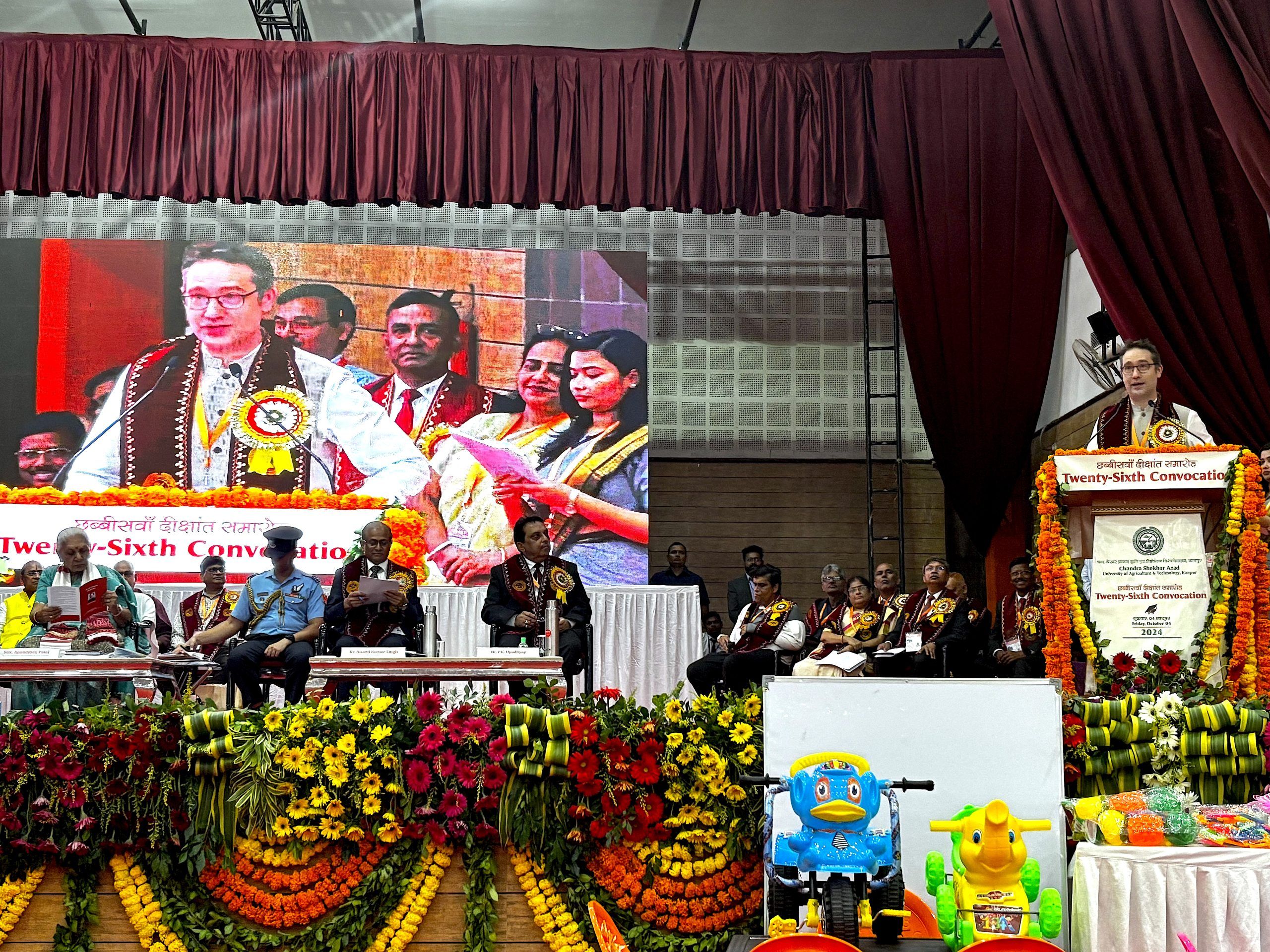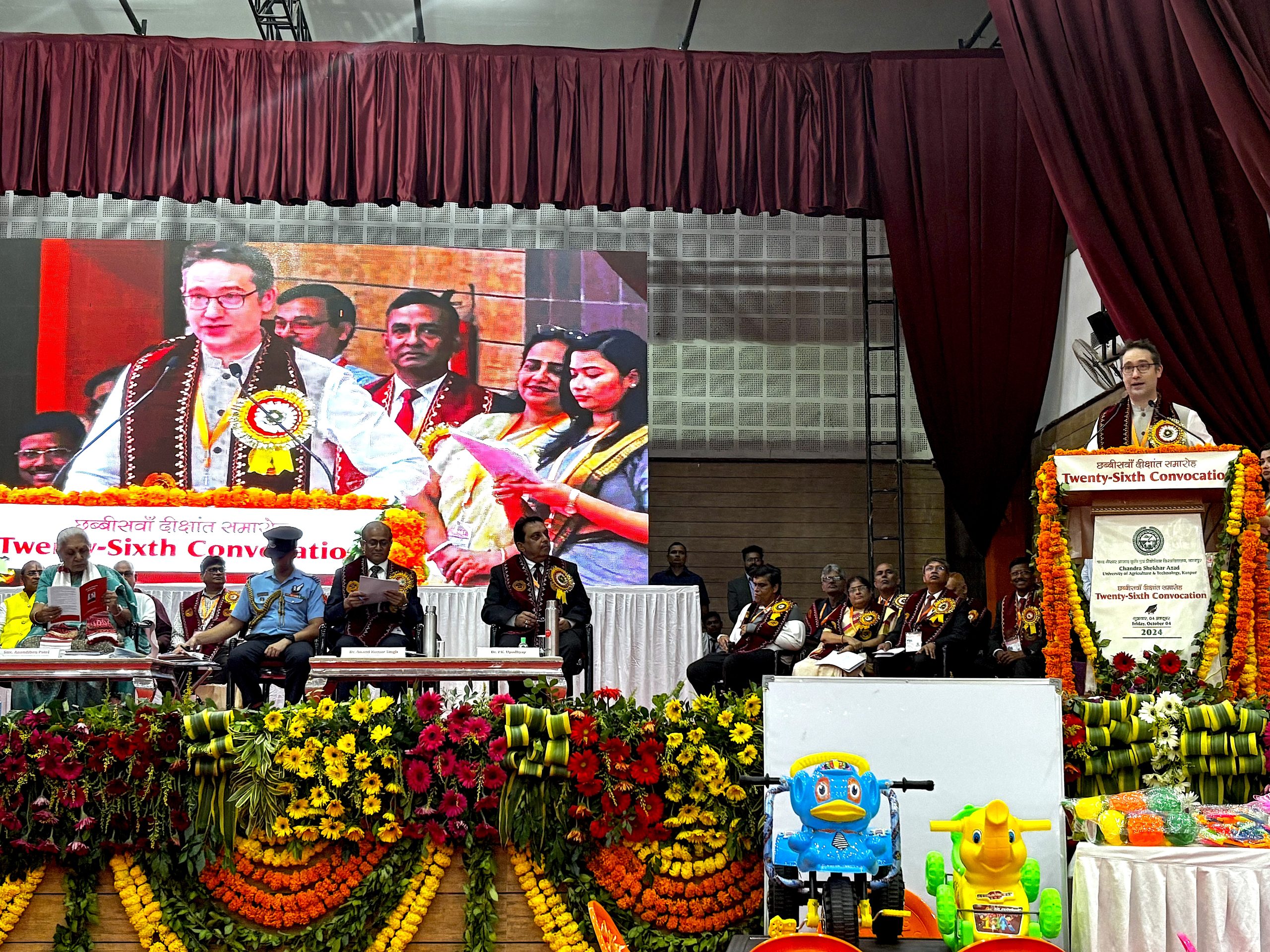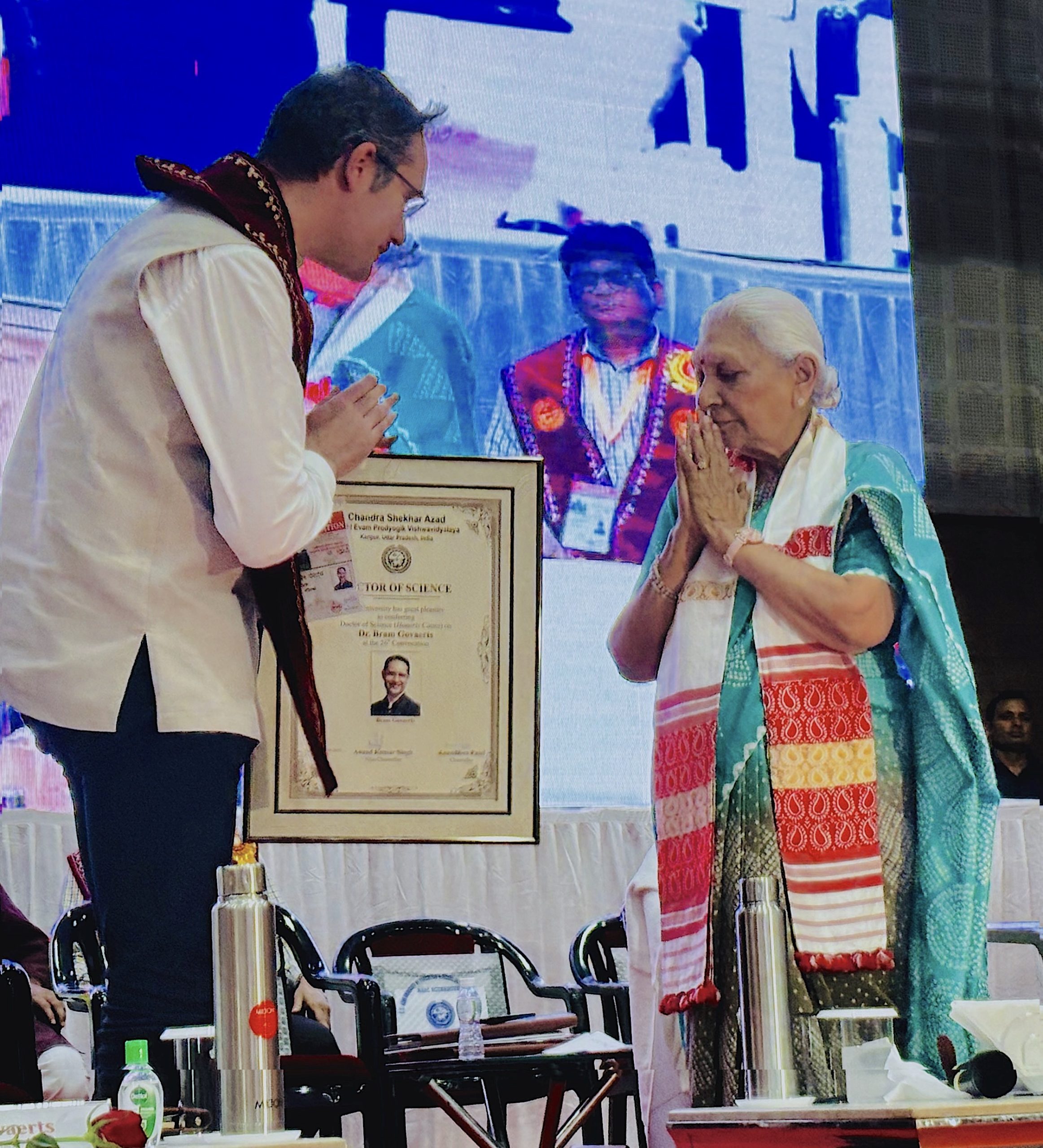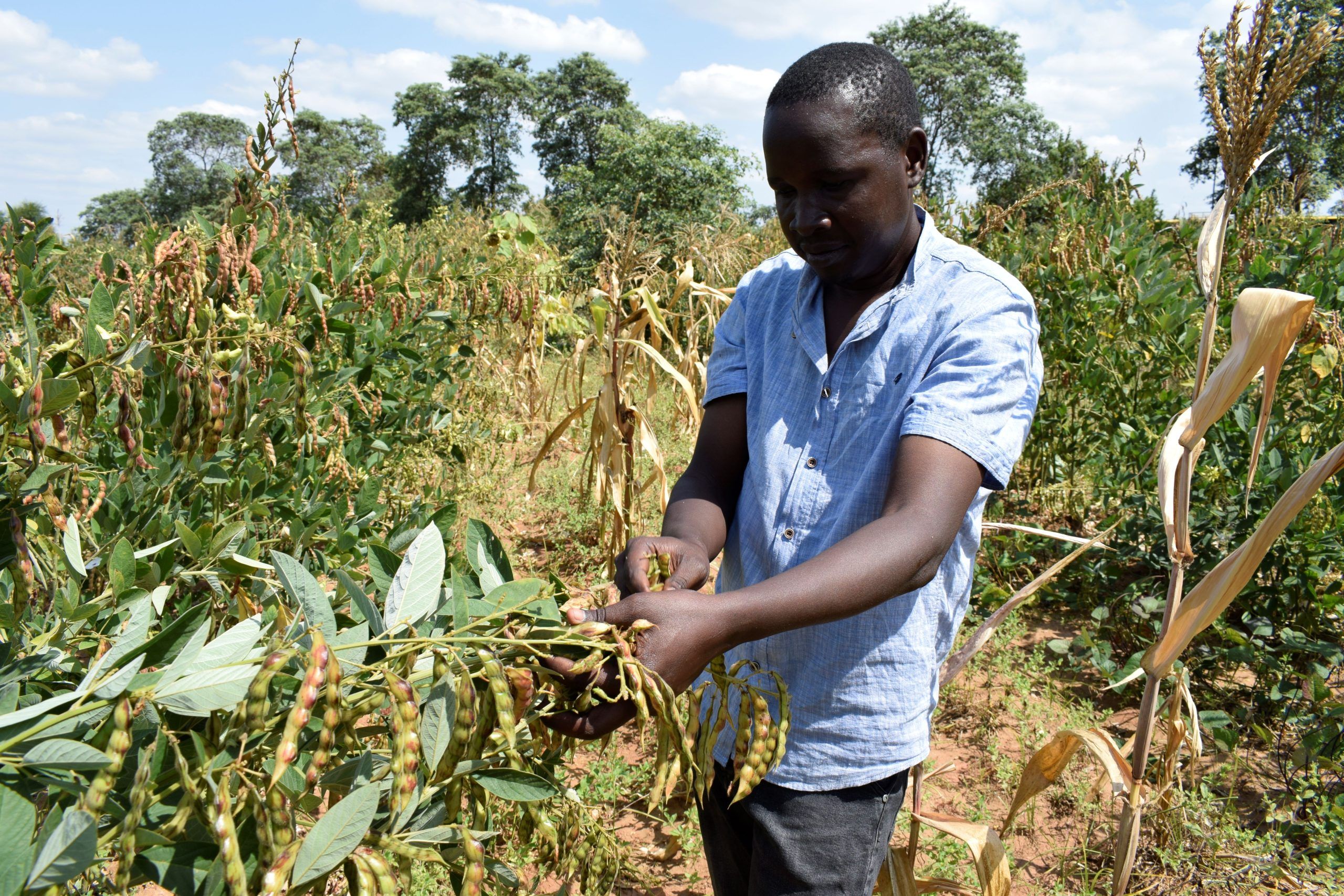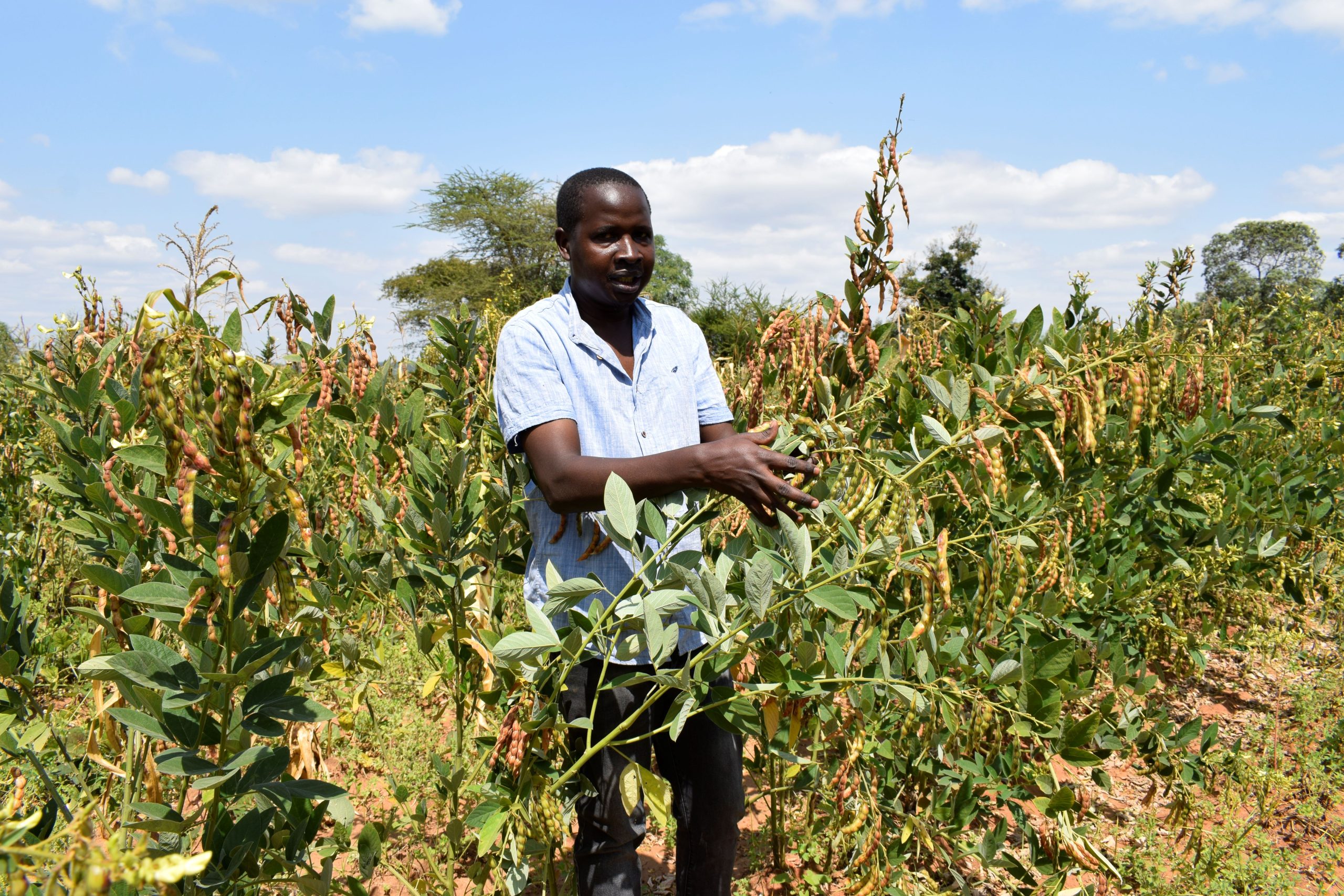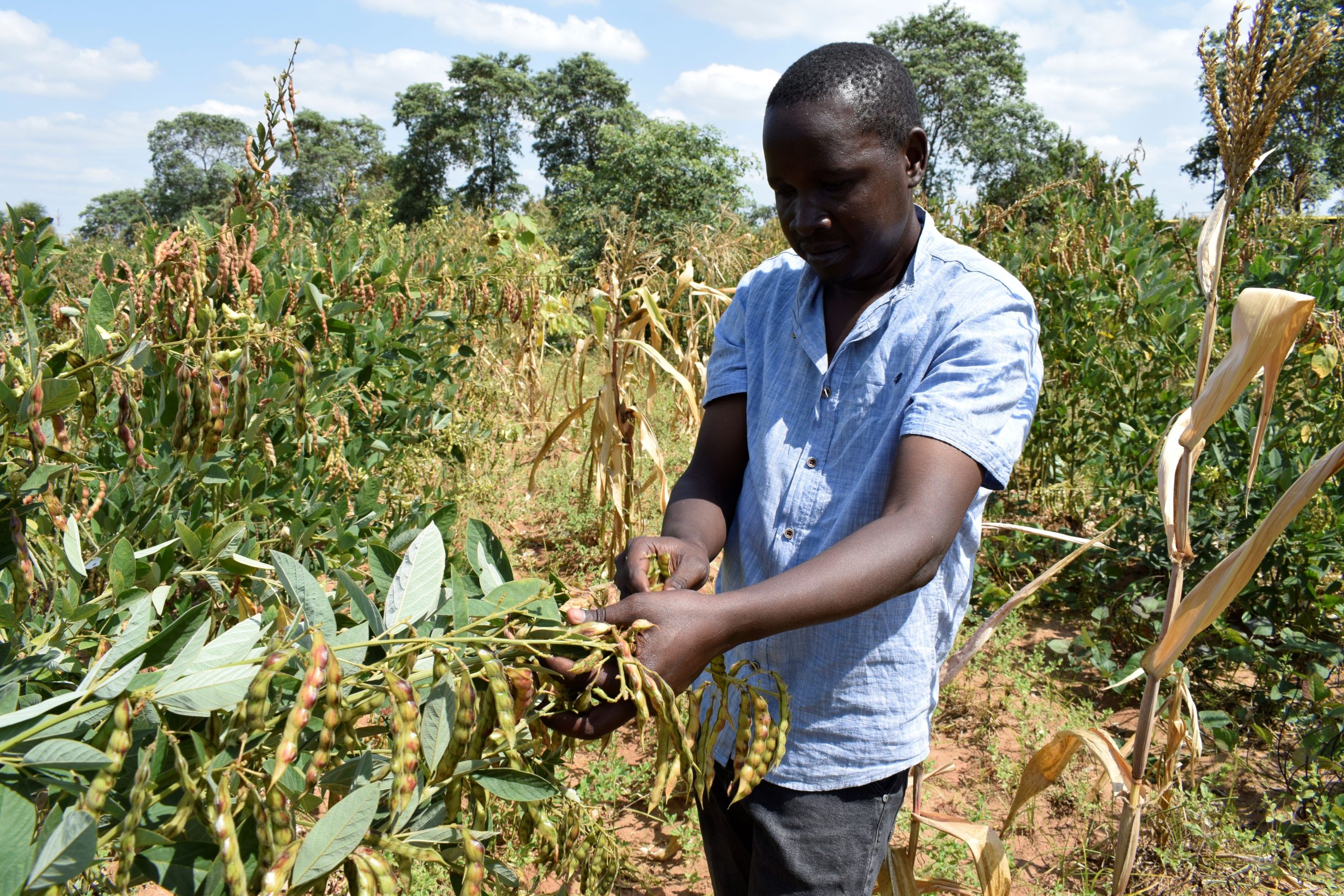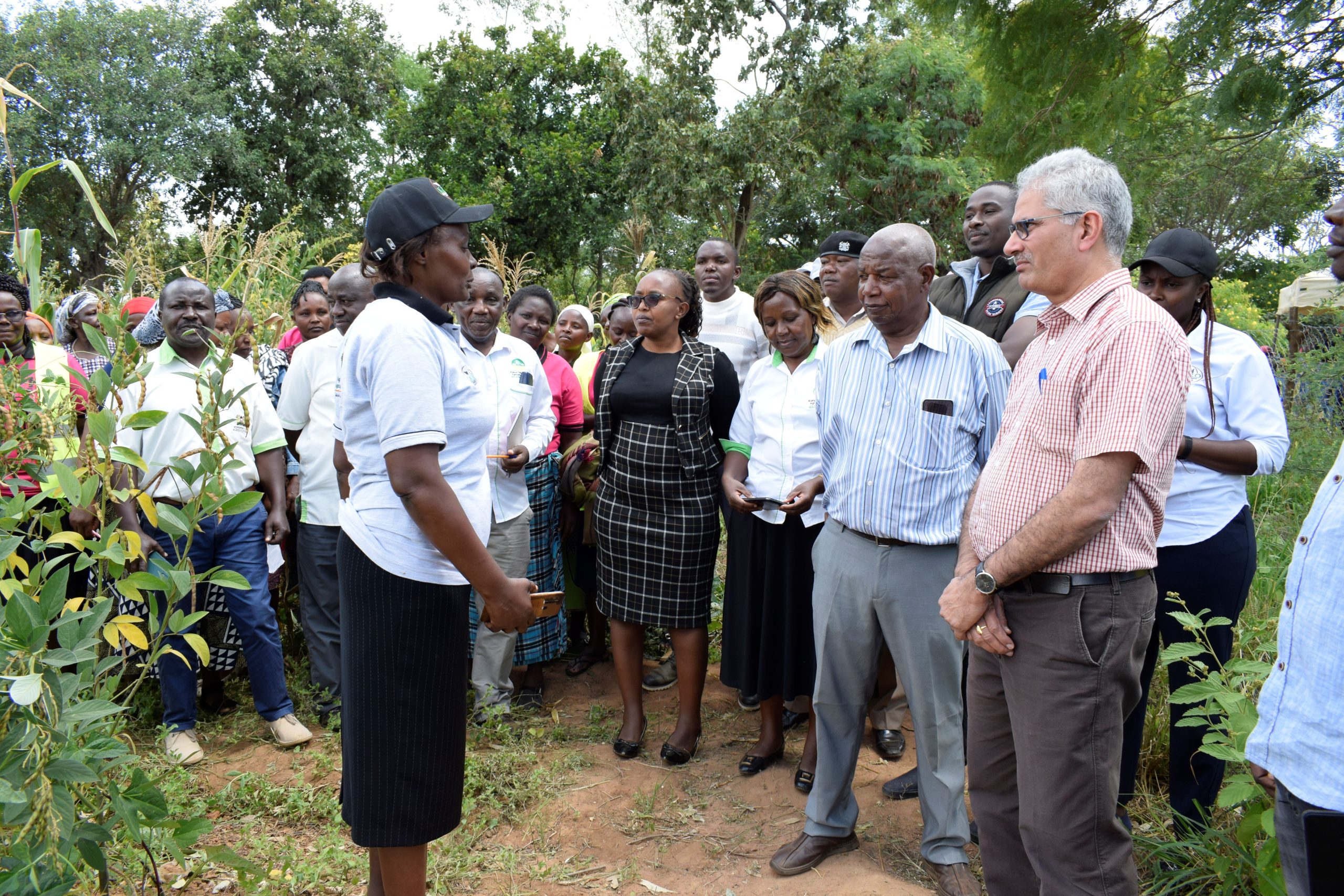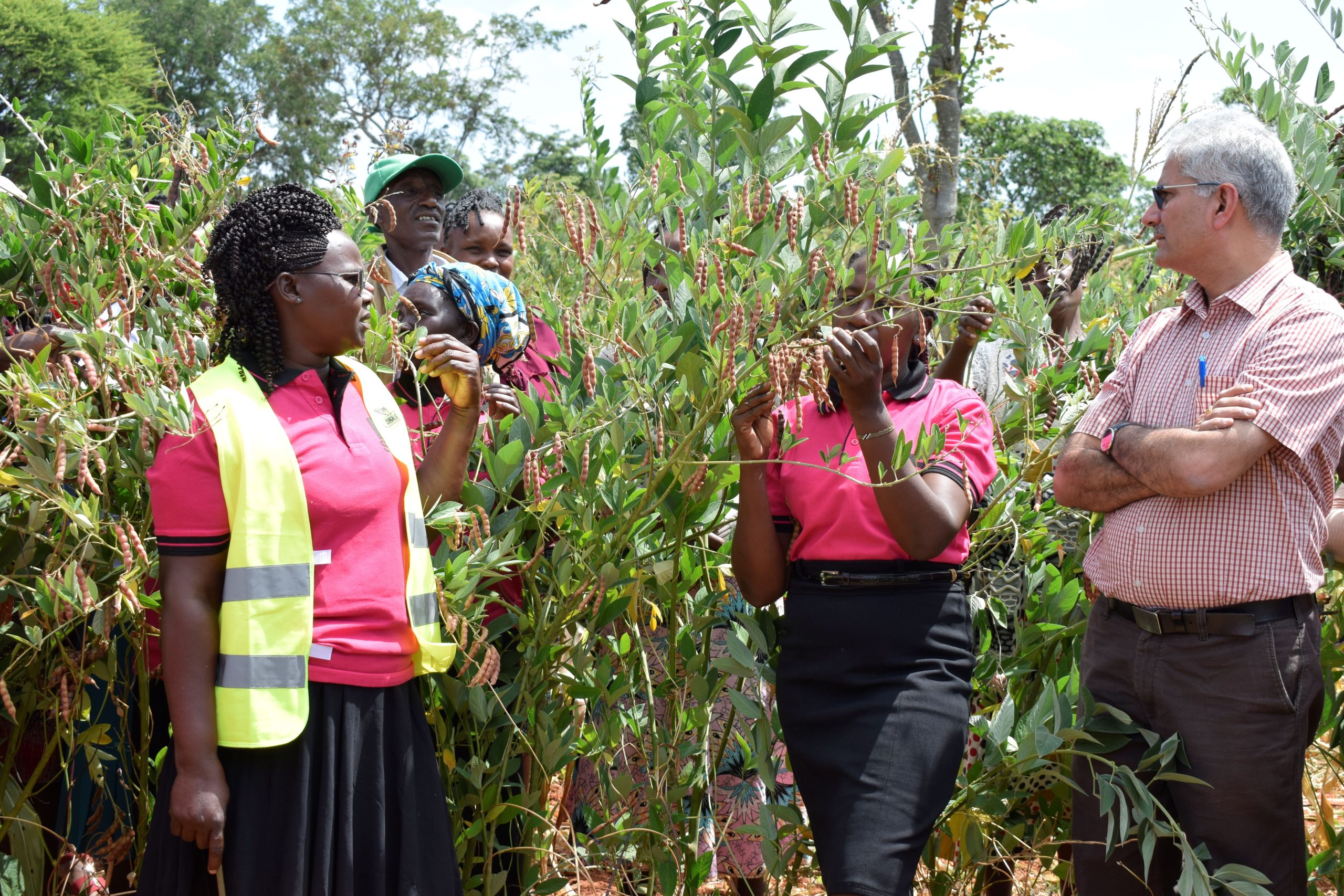Recarbonization of Agricultural Soils and Decarbonization of Agri-food Systems: Towards a Sustainable Future
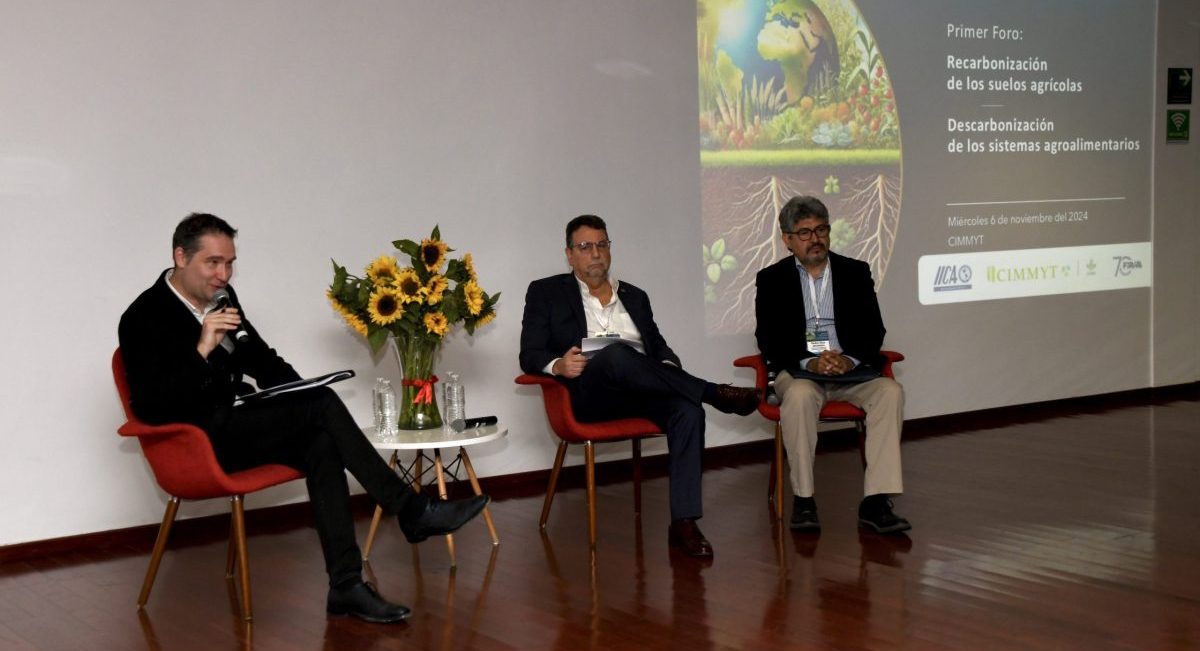
Texcoco, State of Mexico, November 6-7, 2024 – Reducing carbon (CO₂) emissions has become a global priority, as the severe consequences of global warming directly affect everyone. CO₂ is the most abundant greenhouse gas (GHG), accounting for 82% of global emissions. Carbon sinks are natural systems that can remove part of atmospheric CO₂ through capture or recarbonization. Healthy soils are the second most important carbon sink after oceans, and implementing progressive regenerative practices to restore soil health is essential in agriculture to contribute significantly to soil recarbonization.
Efforts to recarbonize agricultural soils in primary production must be complemented by a vigorous process to decarbonize agri-food systems. By reducing GHG emissions across their value chains, these systems can ensure a long-term solution to the current climate emergency.
In alignment with this approach, CIMMYT, the Inter-American Institute for Cooperation on Agriculture (IICA), and the Trust Funds for Agriculture (FIRA) have joined forces in a strategic alliance to transform agri-food systems. Their focus is on recarbonizing soils and decarbonizing agri-food systems and value chains, convinced that, beyond being part of the climate change problem, agriculture is a crucial part of the solution.
At the first forum, “Recabonization of Agricultural Soils and Decarbonization of Agri-food Systems,” experts from public and private institutions shared experiences and explored how integrating science and the ancestral knowledge of rural communities can regenerate soils, reduce emissions, and build low-emission, highly adaptable production systems in response to climate impacts across Mexico and Latin America’s diverse agro-ecological regions.
Bram Govaerts, Director General of CIMMYT, stated: “Mitigating climate change requires both soil recarbonization and decarbonization. Here, carbon is our metric, but we also consider nitrogen fertilizer emissions, which, when released into the air, have a larger footprint than carbon itself. Beyond this, we need to shift from a purely productive focus, which was perhaps the goal 50-60 years ago, to a resilience-centered approach. This means evolving from efficient production to effective and resilient practices. Resilience is essential for the agri-food sector to adapt to phenomena like El Niño or changing rainfall patterns, such as in 2004, when rain arrived late but intensely for a short period.”
Jelle Van Loon, Associate Director of the Sustainable Agri-food Systems Program at CIMMYT, emphasized the importance of institutional cooperation to address the challenges posed by climate change in agriculture. “Regenerative agriculture is not just a concept; it is an imperative for food security and the planet’s sustainability,” he stated. Van Loon highlighted research findings and long-term trials showing the benefits of regenerative practices, such as cover cropping and organic fertilization, in improving soil health and reducing CO₂ emissions.
Jesús Alan Elizondo Flores, General Director of FIRA, detailed FIRA’s sustainability strategy, driven by a network of 88 local offices across Mexico. His approach includes ecological finance, biofertilizer use, agroforestry, and farmer-to-farmer extension models, all aimed at transitioning small-scale producers to the carbon credit market, thus strengthening soil recarbonization efforts.
Diego Montenegro, IICA’s representative in Mexico, emphasized the strategic alliances among actors in the agri-food system as essential for technical cooperation, with producers as central figures. He stated, “This forum should guide us toward a new paradigm, a new way of doing agriculture in Mexico and globally. This collective work will bring about the sustainable agricultural practices we need to expand.”
At the second keynote address, Rattan Lal, 2020 World Food Prize Laureate and Goodwill Ambassador for IICA, stressed the importance of understanding soil carbon’s environmental impact and called for the restoration of degraded soils as part of the climate solution, advocating for “soil rights” to protect and responsibly manage soils worldwide.
In a panel discussion, Elisa Muñoz Rodríguez, a chemical engineer and producer from Guanajuato, and María Eugenia Rico González, a conservation farmer from the Valley of Santiago, shared their experiences in implementing sustainable practices, underlining both benefits and challenges in convincing others to adopt these methods.
In final reflections, José Luis Ayala, IICA Mexico’s Technical Coordinator, noted that collective action with producers is key to achieving a resilient and efficient agricultural model. “Together, we can progress in food security, reduce poverty, and collectively build a better future,” he concluded.
The forum featured participants from international organizations like FAO, private sector actors like ILBI, Canopia, and Nestlé, public sector entities like the government of Chile, and academic institutions like UNAM and Oxford University, promoting a systemic approach to recarbonization and decarbonization for impactful climate action.
About CIMMYT
CIMMYT is an international public organization dedicated to improving agricultural systems in the Global South through applied science, innovation, and collaboration.
About IICA
The Inter-American Institute for Cooperation on Agriculture (IICA) is committed to agricultural development and rural well-being across the Americas, promoting policies, technical cooperation, and capacity building to ensure sustainability, competitiveness, and resilience.
About FIRA
The Trust Funds for Agriculture (FIRA) support Mexico’s agricultural development through finance, technical assistance, and capacity building, assisting farmers in transitioning to sustainable, low-emission, and climate-resilient production systems.
